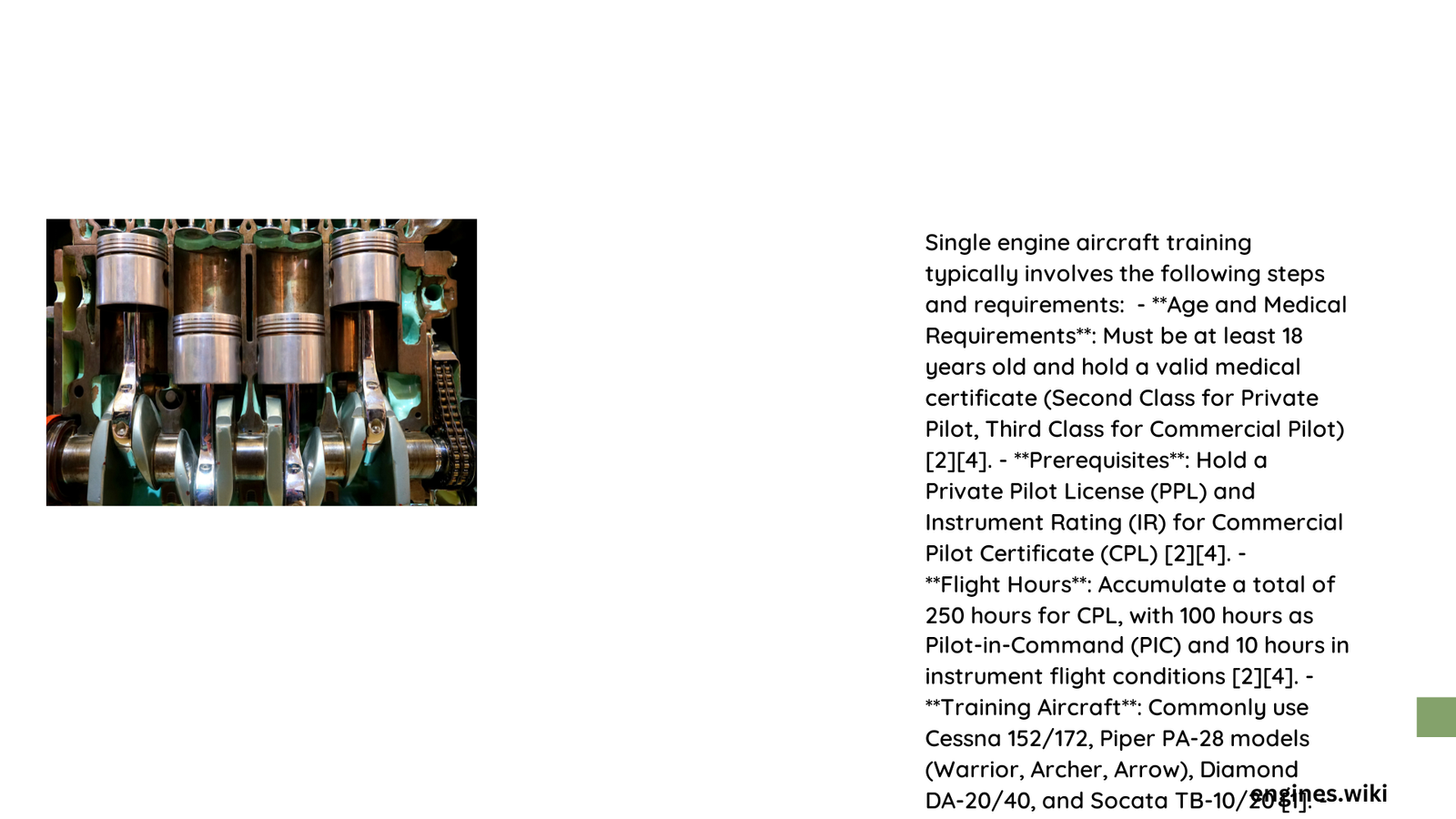Single engine aircraft training represents a critical pathway for aspiring pilots to acquire fundamental flying skills, technical knowledge, and safety expertise. Comprehensive programs blend theoretical instruction with practical flight experience, enabling students to transform from ground-based learners to confident aviators capable of navigating complex aerial environments through structured, progressive training methodologies.
What is Single Engine Aircraft Training?
Single engine aircraft training is a systematic educational process designed to transform individuals into certified pilots through rigorous theoretical and practical instruction. This comprehensive program covers multiple critical aspects of aviation, focusing on developing comprehensive skills required for safe and proficient flight operations.
Why Choose Single Engine Aircraft Training?
- Entry-Level Certification: Provides foundational pilot credentials
- Cost-Effective Learning: More affordable compared to multi-engine training
- Skill Development: Builds core aviation competencies
- Career Progression: First step towards advanced aviation careers
What Skills Are Learned During Training?

Technical Flight Skills
- Aircraft Control Techniques
- Straight and level flight maintenance
- Precise turning maneuvers
- Climb and descent procedures
-
Stall recognition and recovery
-
Navigation Fundamentals
- Chart reading
- Flight planning
- Radio communication protocols
- GPS and instrument navigation
Safety and Emergency Protocols
| Emergency Scenario | Required Response |
|---|---|
| Engine Failure | Emergency descent |
| Electrical Malfunction | System shutdown procedures |
| Unexpected Weather | Instrument flight techniques |
How Long Does Training Take?
Training Duration Breakdown
- Part 61 Programs:
- Minimum 40 flight hours
- 6-12 months typical completion time
-
Flexible scheduling options
-
Part 141 Programs:
- Minimum 35 flight hours
- More structured curriculum
- Faster progression potential
What Are the Certification Requirements?
FAA Practical Test Components
- Written Examination
- Comprehensive theoretical assessment
- Covers aviation regulations
-
Technical knowledge evaluation
-
Flight Performance Test
- Demonstrating learned maneuvers
- Emergency procedure proficiency
- Navigation skill assessment
What Costs Are Involved?
Training Expense Breakdown
- Aircraft Rental: $100-$200 per hour
- Instructor Fees: $30-$75 per hour
- Total Program Cost: $5,000-$10,000
- Additional Materials: $500-$1,000
What Aircraft Are Used?
Common Training Aircraft
- Cessna 172
- Engine: Lycoming O-320/O-360
- Horsepower: 160-180 HP
-
Typical Fuel Consumption: 8-12 gallons/hour
-
Piper PA-28
- Reliable training platform
- Similar performance characteristics
Conclusion
Single engine aircraft training offers an exciting, structured pathway into aviation, combining technical education, practical skills, and safety protocols. Aspiring pilots can transform their dreams into professional credentials through dedicated learning and commitment.
Pro Tips for Success
- Maintain consistent study schedule
- Practice ground school materials
- Develop strong communication skills
- Stay physically and mentally prepared
Reference:
– FAA Pilot Certification Guidelines
– Aircraft Training Resources
– Aviation Training Syllabi
